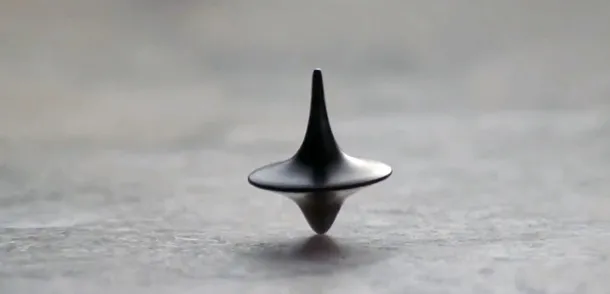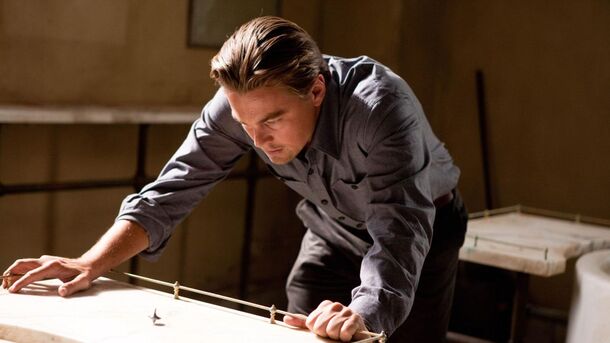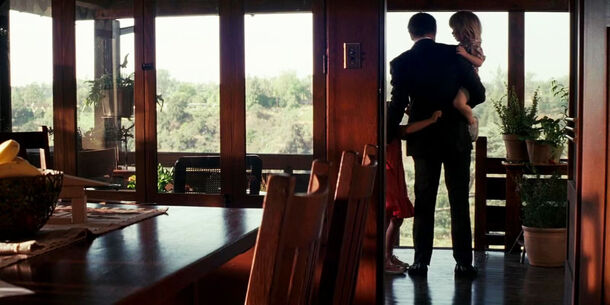Nolan Explained It in 2010 — Why Cobb Doesn’t Care If the Spinning Top Falls: Understanding the Ending of 'Inception'

The most debated scene of the decade is not a mystery but an answer.
Christopher Nolan’s Inception finale has become a cinematic myth. For 15 years, viewers have argued: did the top fall? Was Dom Cobb’s entire journey just a dream within a dream?
What if reality is just another level he never escaped? It sounds intriguing, but Nolan has long made it clear: audiences are looking in the wrong place.
The Top Spins, but Cobb Turns Away
The protagonist sets his totem — a spinning top — meant to show which world he is in. If it stops spinning, Cobb is back in reality.

But instead of watching, he turns away and walks to his children. The camera lingers briefly — then cuts. The top seems to wobble slightly. But by now, that doesn’t matter.
In a Wired interview, Nolan explained the scene’s point is not whether the top falls or spins endlessly. It’s that Cobb no longer needs to check.
He accepts the world where he sees his children’s faces. The ending is not a question but a choice. For the hero, it’s to live. For the viewer, it’s to let go of control.

An Open-Ended Conclusion
Nolan doesn’t leave a puzzle just for the sake of one. He grants freedom — not to solve the ending, but to feel it.
The scene is designed so viewers, like Cobb, focus not on the object but on the emotion. That at some point, what matters is not “are these real children,” but that he’s with them again. Everything else — can be left unseen.
